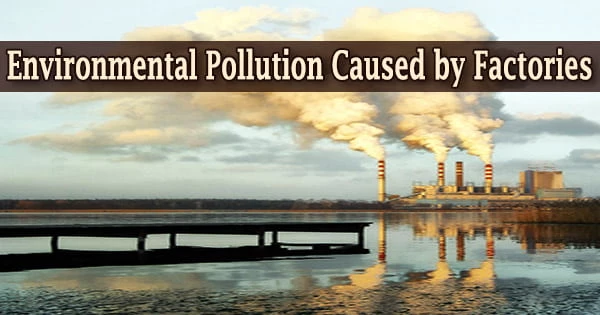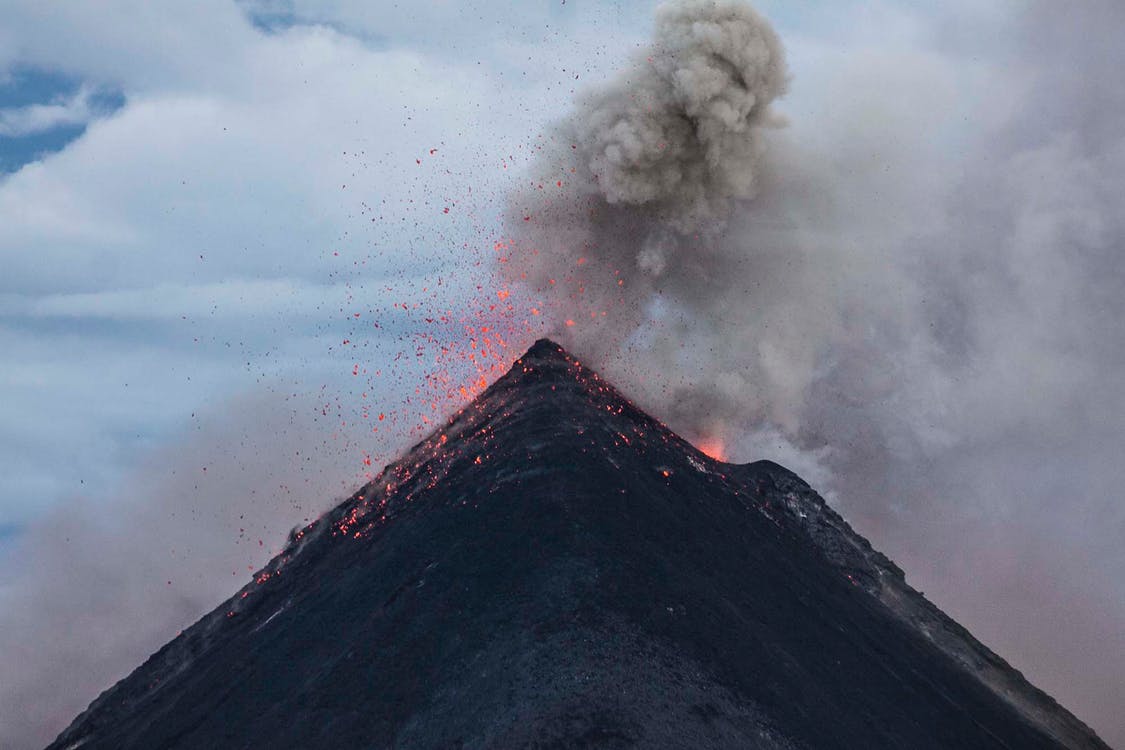Industrial pollution has the potential to impair our health by introducing hazardous particles into the air, as well as heavier elements that remain on the surface and contaminate soil and groundwater. This pollution is frequently associated with the most visible and odorous smokestack emissions.
According to some estimates, manufacturers are responsible for up to two-thirds of the pollution that contributes to climate change. Not only is the planet’s ecosystem at risk as a result of pollution from poisonous and harmful items entering our surroundings, but our own health is also at stake.
Because of consumer demand and reliance on conventional energy resources such as coal and oil, pollution sources have gradually expanded since the Industrial Revolution. Greenhouse gases produced by the combustion of fossil fuels are the most common factory air pollutants. Acidifying rain, chemical spills, and hazardous waste disposal are all ways that factories contribute to water and land pollution.
Factories may not be the main cause of the ongoing man-made damage to the earth, but they are undoubtedly one of the most significant. According to research conducted by the Massachusetts Institute of Technology in 2013, air pollution kills over 200,000 people per year. Despite the efforts of governments throughout the world to minimize the amount of pollution emitted by these factories, there is still much that needs to change if we respect our planet.
Pollution is frequently worse in developing countries, which lack environmental legislation to regulate manufacturing production. As we discussed before, our reliance on industrial activities has contributed significantly to climate change and global warming throughout time.
Toxic materials and gases, such as carbon dioxide and methane, are burned and discharged into the environment. Because these gases are able to absorb solar energy, they have a direct impact on the planet’s temperature.

Heavy metals have become more prevalent in the atmosphere as a result of the popularity of mass-produced industrial cell phones and consumer gadgets. Heavy metals including lead, cadmium, mercury, and arsenic are released into the environment both during manufacturing and when a customer discards them.
These metals are poisonous to soil organisms, animals, and humans, causing death in some cases. They can also build up in the body in little levels over time, causing chronic sickness. Ozone is another significant air contaminant.
Ozone is made up of three oxygen atoms, one more than is required for breathing oxygen. The third atom produces corrosive oxygen, which is harmful to the lungs. Ground ozone problems, or smog, are caused by air pollution from factories and cars, and they pose serious health risks.
Factories can also emit harmful gases, particularly through the use of huge industrial air conditioners, leading to the depletion of ozone in the upper atmosphere, where it is needed. Air pollution has an impact on our wildlife, and it is possible that some plants and animals will become extinct as a result of it.
When these fossil fuels are burned, damaging chemicals such as carbon dioxide and sulfur dioxide are released into the atmosphere, increasing the amount of greenhouse gases in the atmosphere and contributing to global warming. Industries are also a major source of water pollution all around the world. Illegal dumping of contaminated water, gases, chemicals, heavy metals, or radioactive materials into major waterways harms marine life and the ecosystem.
Animal blood, feces, and pesticides are among the waste products produced by large industrial factory farms. Some people have been found putting the trash into rivers, which increases the risk of disease transmission through bodily fluids like blood. Not all factories will be to blame, but those in less controlled areas of the world will dump their poisonous waste into oceans or rivers in order to dispose of it more cheaply.
Another group of gases that damage the Earth’s atmosphere is sulfur oxides. Sulfur dioxide, the main component of smog and a leading cause of acid rain, is a major source of worry. Excess nutrients from factory farms, such as animal feces and fertilizers, can alter the natural balance of nutrients in the water, resulting in lower dissolved oxygen levels due to an overgrowth of decomposers, and fish kills.
We face a higher risk of illness and disease as humans who are exposed to pollution such as air pollution, water pollution, and soil pollution, among other things. According to the World Health Organization (WHO), 5% of persons diagnosed with lung cancer would have been exposed to pollution for a lengthy period of time. Sulfur oxides, which are toxic to both plants and animals, can harm organic matter at high concentrations and cause respiratory issues by irritating the airways and lungs.
When ozone is close to the ground, however, it is damaging to the environment, causing damage to human tissues, crops, and other things like rubber. The most prevalent source of ground-level ozone is highly inhabited areas, where emissions are concentrated. Factories might also be held responsible for the destruction of particular natural regions on our lovely world. Loud noises can also be produced by industrial activities.
Noise pollution occurs when the sounds of industrial processes interfere with the ability of workers, bystanders, or neighboring residents to hear. Oil spills, unintentional leaks, and the dumping of waste items have all contributed to wildlife destruction. Many species have come dangerously near to extinction as a result of the factors listed above, and many more are certain to do so in the future if we do not reduce the amount of damage we cause to the world.
















